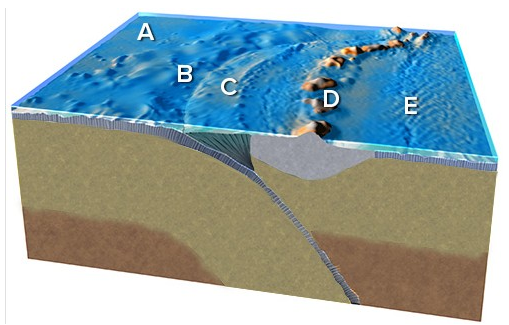You are given two rock samples; one is said to be a clastic sedimentary rock and the other a chemical sedimentary rock. How can you tell which is which?
What will be an ideal response?
Answer: Chemical sedimentary rocks are formed when ions dissolve in water by chemical weathering, and later precipitate as new mineral crystals. The minerals that precipitate from water are those whose chemical constituents most readily dissolve in water. Chemical sedimentary rocks are, therefore, most commonly composed of minerals such as calcite, dolomite, gypsum, and halite, which are strongly ionic and easily dissolve in water. So, the sample with these minerals is most likely the chemical sedimentary rock. Clastic sediment consists of loose particles generated by weathering and then transported to a final site of deposition by flowing water, blowing wind, or sliding glaciers. This loose sediment does not become rock until it undergoes compaction under the weight of additional accumulating sediment and, especially, until the precipitation of cementing minerals between grains consolidates it into sedimentary rock.
You might also like to view...
To say that evaporation is a cooling process that the
A. water left behind cools. B. surrounding air cools.
The plate boundary on this figure is located between

A) A and B.
B) B and C.
C) C and D.
D) D and E.
E) There is not enough information to tell.
Point bars are sandbars deposited in the middle of river channels.
Answer the following statement true (T) or false (F)
A(n) ________ is an erosional surface that represents a gap in the geologic record.
A. lamination B. marker horizon C. basal conglomerate D. boundary layer E. unconformity